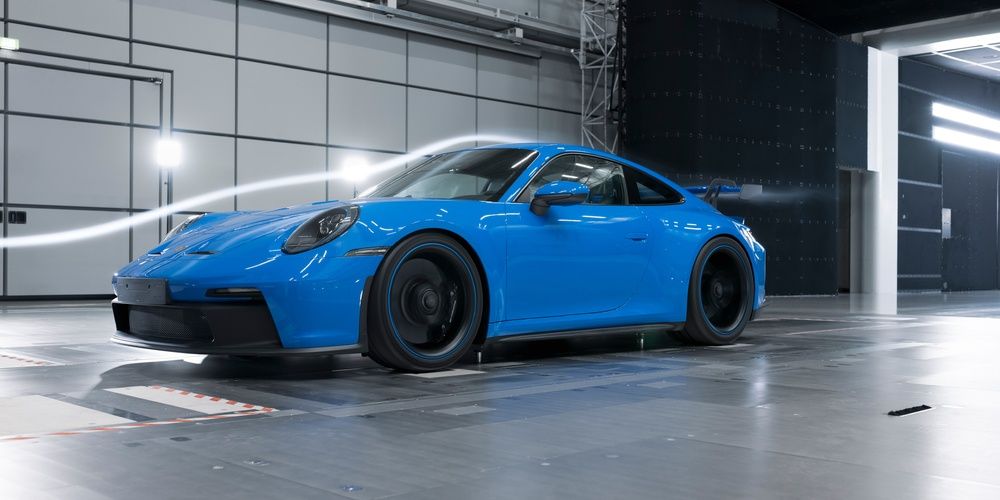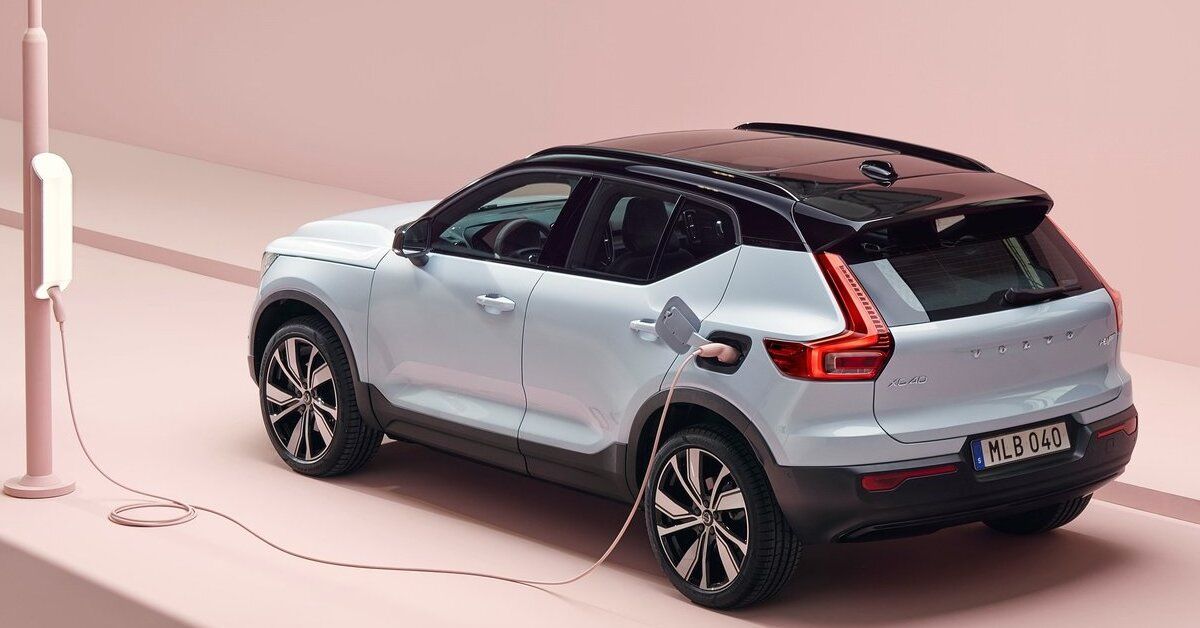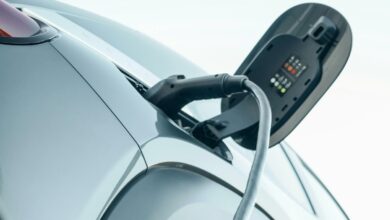Electric Cars Are Compromising Top Speed For Driving Dynamics
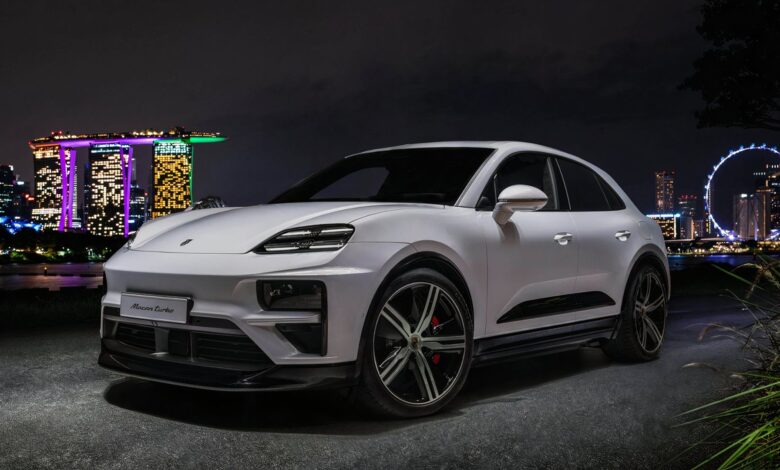
Key Takeaways
- EV manufacturers prioritize acceleration over top speed due to the design of electric motors and gearing setup.
- Limiting top speed in EVs can improve range by conserving energy, addressing range anxiety for potential customers.
- Weight, drag, safety considerations, and changing regulations may limit the top speed of future EVs for most drivers.
More and more car manufacturers are opting to produce cars powered by batteries and electric motors rather than conventional gas-powered cars. Some manufacturers are even reviving current and previous models in electric form, with the likes of the new Porsche Macan, the Lexus LFA, and more recently, the new Dodge Charger.
While electric power is vital for the future of the automotive industry, there does seem to be one problem. Most electric vehicles have a top speed limited to under 140 mph, and some even as low as 100 mph. While these speeds are not for the faint-hearted, they are significantly less than their ICE counterparts.
EV Gearing Setup Favors Acceleration Over Top Speed
One of the main reasons for the limited top speed in electric vehicles is the gearing. While electric motors can provide maximum torque at zero rpm, this isn’t good for higher speeds. Car manufacturers are prioritizing the low-end grunt that electric motors can provide, simply because most EVs aren’t likely to be driven at speeds of over 70 mph, legally.
Unlike an internal combustion engine car that can comfortably cruise on the highway at 50, 60, or 70 mph thanks to the higher gears, an EV would have to rev at a higher rate just to remain at a constant speed thanks to that one-speed gearbox. Imagine driving your car with only the first gear. It would be great at low speeds, but at higher speeds you’d have to have the gas pedal pinned to the floor.
The final drive ratio is the ratio between the transmission and the differential, or wheels, of your car. For internal combustion engine cars, the final drive ratio will be 3:1 or 4:1 in most cases. This means that the driveshaft will revolve three or four times faster than each wheel revolution. If you were to adjust the final drive ratio, you could improve acceleration, but that would sacrifice top speed. This would also mean that you’ll be changing gears quicker as you reach that top speed. Ultimately, the main aim of the final drive ratio is to maximize the power band for each gear to achieve the appropriate amount of torque.
For electric cars, the final drive ratio is typically 8:1 or even as high as 11:1 for cars like the BMW i4 xDrive40. This means that for every 11 rotations of the motor, the wheels will rotate once. The final drive ratio of electric cars means that while top speed is sacrificed, acceleration is the focus, and this makes it easier to excite the public and potential customers.
Some manufacturers, however, have explored faster territories. Tesla, Porsche, and Lexus have dug deep into their engineering prowess and found that adding a two-speed gearbox can significantly help increase an electric vehicle’s top speed. One gearbox can concentrate on acceleration, while the second gearbox can help to maintain power as the speed climbs towards the top end. This second gearbox will, of course, improve efficiency too. This solution does come with a lot of financial burden, as electric vehicles are already rather expensive to develop and adding a two-speed gearbox would mostly be reserved for more sporty and premium models.
Related
9 Things We Love About The BMW i4 M50
BMW’s new electric sports sedan proves EVs don’t have to be boring.
Sacrificing Top Speed of EV To Help Increase Range
The choice to limit the top speed of an electric vehicle means that manufacturers can focus on delivering a higher range. Ever since EVs came on the scene, one of the biggest talking points, apart from the charging infrastructure, is range anxiety.
Maybe it’s because we can’t physically see ‘the fuel’ that puts us on edge.
Car manufacturers can somewhat address this issue by limiting the top speed of their electric vehicles. Since EVs can produce outputs much higher than their capacity, it means that consistent use of power at higher revs will deplete the battery at a much higher rate. Internal combustion engine cars rely on gears to achieve a higher speed at similar revs, therefore limiting the revs and achieving greater fuel efficiency as your speed remains constant. You don’t need to apply a lot of gas to keep your car moving on the highway if you’re in the correct gear.
With an electric car that has a one-speed gearbox, the higher speed will mean higher revs, which in turn means higher energy usage. Regenerative braking can somewhat alleviate this problem, but once again, it is used to solve that range anxiety problem rather than achieving a higher top speed.
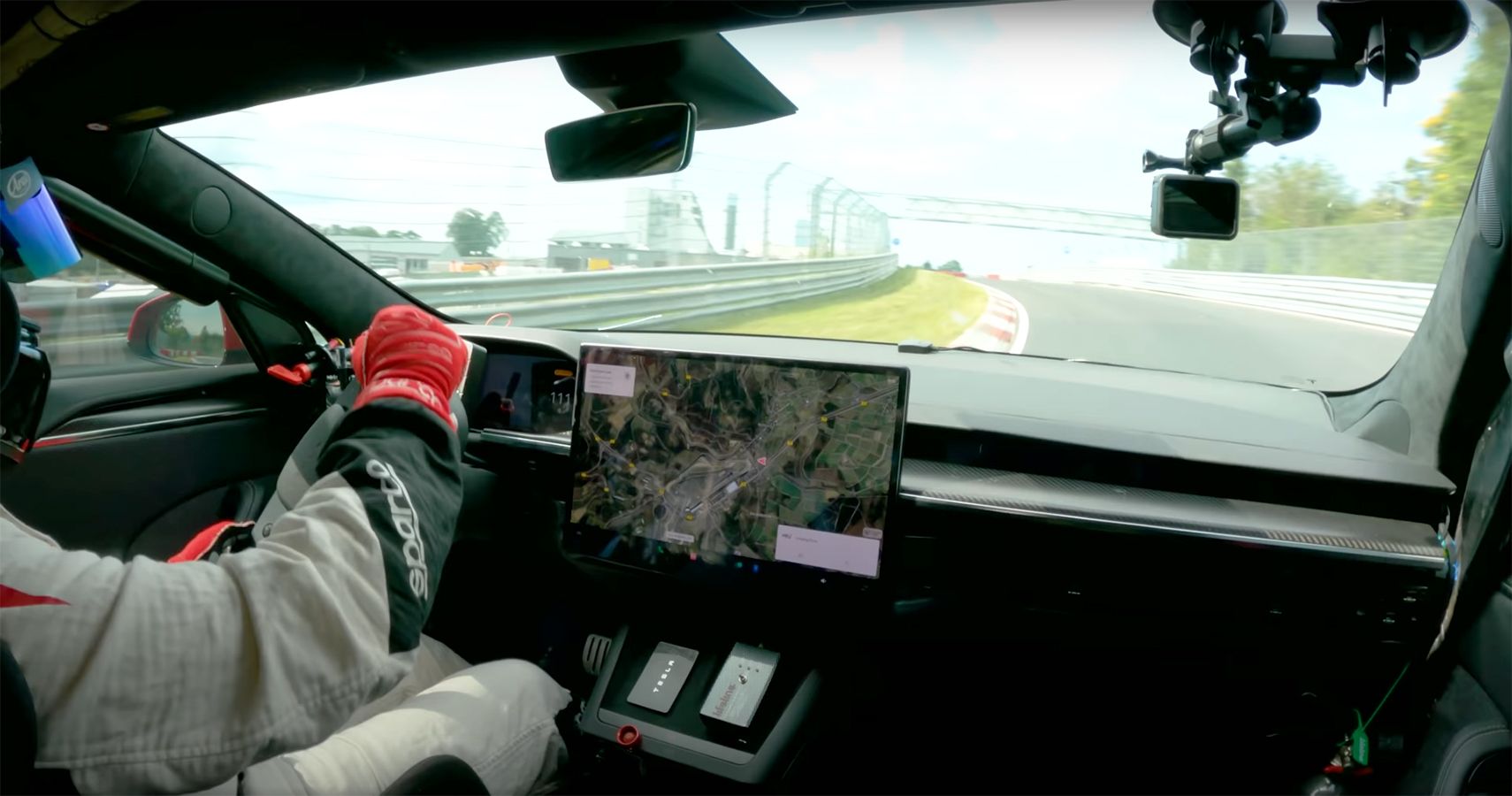
Related
Tesla Dethrones Porsche At Nurburgring Using Model S Plaid To Set New EV Speed Record
Watch the unmodified, production EV’s record-setting run from the passenger seat.
Like ICE Vehicles, EVs Also Have To Be Mindful of Weight
As with any type of vehicle, weight is a significant factor in achieving a higher top speed. Colin Chapman, founder of Lotus Cars, famously said “Simplify, then add lightness” as an inspiration in the design of his cars. It is little wonder why all car manufacturers aim to achieve the lower weight possible in their cars, but it is more important during the development of an electric vehicle. While you might think an electric car will be lighter due to the absence of a heavy engine, electric cars are inherently heavier than internal combustion engine cars due to the weight of the battery.
Remember in physics class when the professor explained that power equals force times velocity? Since force is the product of mass and acceleration, this means that power is directly affected by mass, acceleration, and velocity. To put things simply, to increase velocity and achieve a higher top speed, car manufacturers must decide whether to add power or reduce weight. Unfortunately, physics can be a double-edged sword, since an increase in power usually means an increase in weight, and for electric vehicles, that means adding more heavy batteries.
When designing electric vehicles, carmakers are increasingly focusing on driving dynamics at lower speeds and around town, since this is how most electric vehicles are going to be driven. You can go on a longer journey in an electric car but be prepared to stop to charge it often due to the increased output and limited range.
When designing a car that’s meant to do more than just drive in a straight line, weight is important.
Colin Chapman also famously said “Adding power makes you faster on the straights. Subtracting weight makes you faster everywhere”. You can see just how important weight is for an electric car. Keeping all that weight in check is also important. There’s no point saving every lb of weight only to make the car top-heavy, resulting in an awful ride. Unlike an engine, batteries can be fitted low down in the center of the wheelbase to keep that all-important center of gravity as low as possible.
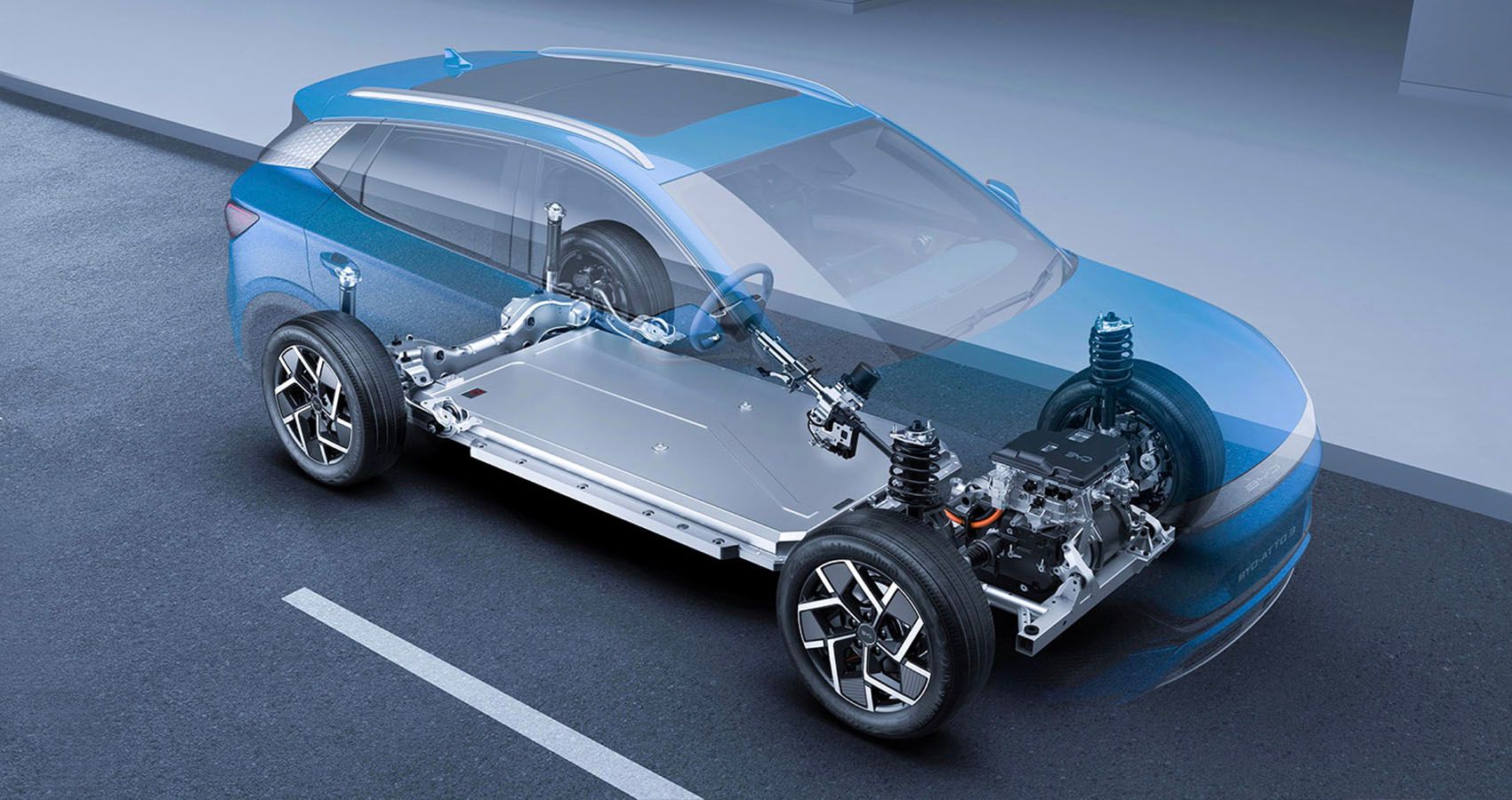
Related
Here’s How BYD’s Blade Battery Is Superior To Tesla’s Lithium-Ion Packs
BYD’s Blade battery is a game-changer in the EV world; in terms of safety and efficiency. It is also why EV giants, including Tesla, are betting on it
As Speed Increases, Force of Air Hitting Car’s Front Also Increases
Something that has plagued all cars is drag. You’ll often hear the phrase “drag coefficient”. Simply put, this quantifies the frontal area of a car as it passes through the air. A high-riding SUV or truck will have a higher frontal area than a sports car, and therefore a higher drag coefficient.
Drag is hugely important when observing an electric car at higher speeds, since more power is required to smash through the air. As we are already aware that more power means more weight and that is a slippery slope. As the speed increases, drag increases at an exponential rate, which means that considerably more power is required to power a car from 130 mph to 160 mph as it would to power that same car from 100 mph to 130 mph.
Simply put, there is little value for electric carmakers to focus on adding considerably more power for minimal gains in top speed when they are likely focusing on acceleration and driving dynamics. This is particularly trivial when some electric cars are designed as city cars to commute to work or the shops, not to tear up a drag strip or a raceway.

Related
These Are Some Of The Best City Cars Of All Time
The average commuter spends 54 hours a year in traffic, so why not drive something interesting? There are our favorite city cars.
Driver and Passenger Safety is Key When Developing New Car, Especially EVs
Electric vehicle technology is still relatively new, at least for most of the public. Car manufacturers have a responsibility to keep their customers safe. After all, they are the ones that are parting with their cash. Electric cars are unfamiliar until you experience that instant torque for yourself, and the way that the car will behave is different to what you’ll be used to. While most die-hard motoring fans won’t be happy with the limited top speed, this could be an unintentional positive for those that aren’t interested in driving fast.
Even internal combustion engine cars have rev-limiters for this reason.
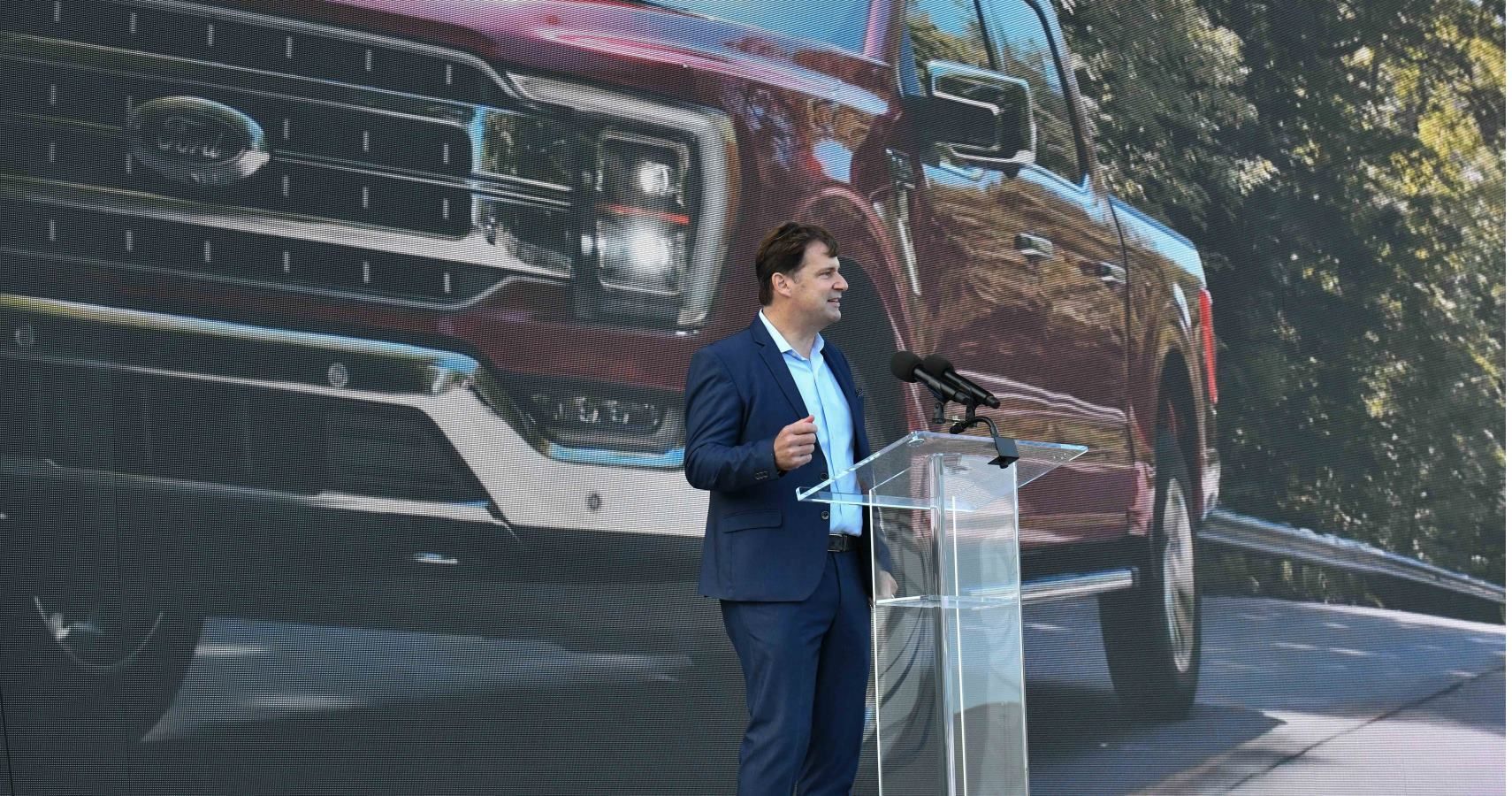
Related
Ford’s $29B Investment Announcement Doubles Down On EV Development And Other Advanced Vehicle Technology
While not following GM’s declaration of going all-electric by 2035, Ford has announced a greater investment sum.
Future is Looking Bleak for EV at Higher Speed
Evidently, there are several reasons for carmakers to limit the top speed of their vehicles. Volvo is one of the very first manufacturers to adopt a 112 mph speed limiter on all new cars since 2020. With speed limit regulations getting tighter all the time, and roads getting busier and busier with traffic, this decision does seem to be somewhat logical. It also makes sense for carmakers to sacrifice top speed for gains elsewhere like efficiency and acceleration. We will likely see some performance electric sports cars, supercars, and even hypercars that will reach higher speeds, but most electric cars won’t be designed this way. Ultimately, for electric car manufacturers, it is tough to balance these factors. Carmakers spend millions on developing their new electric vehicles, but the days of seeing new cars reaching 200 mph might be numbered.
